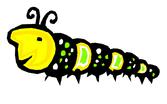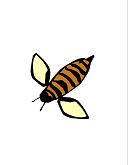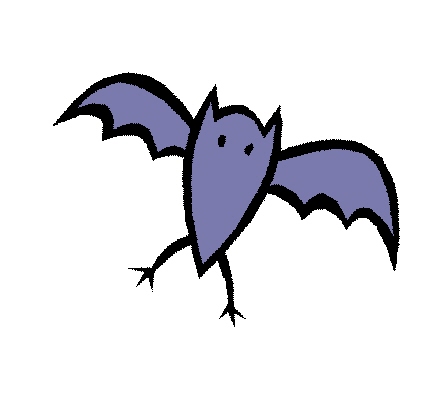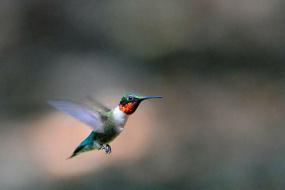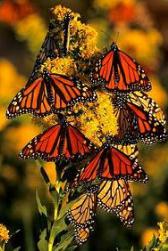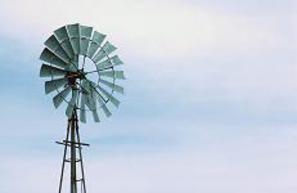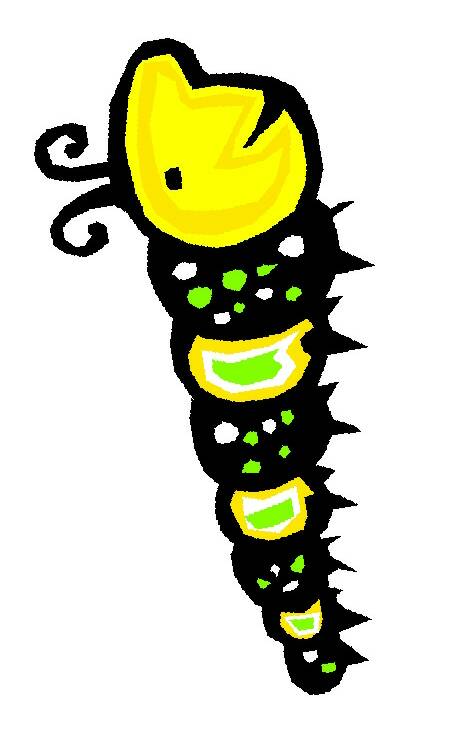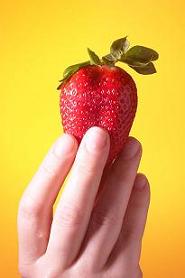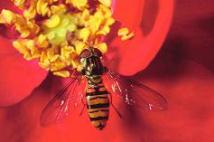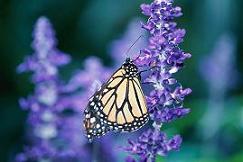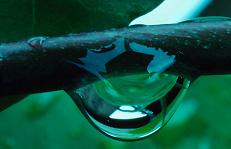C
 | ||||
DID YOU KNOW? One out of three bites of food which arrives on our tables is the result of a pollinator!
WHAT IS POLLINATION?
 | ||||
 | ||||
- Honeybees
- Bats
- Hummingbirds
- Native Insects
- Wind and Water
- Hand
WHICH POLLINATORS DOES IT
TAKE TO MAKE......
FRUITS & VEGETABLES?
Flies
Bees
Butterflies
TEA AND COFFEE?
Flies
Bees
A TEQUILA SUNRISE?
Tequila (Agave)- Bats
Orange Juice - Bees
Cherry Garnish - Bees
BEEF AND MILK?
Alfalfa Hay-Bees
SUGAR?
Bees
MUSTARD, KETCHUP, PICKLES?
Bees
The existence of insect, bird, and mammalian pollinators is critically important to maintain our food supply. Historically, people have assumed pollination was a "free benefit" provided by the pollinators. What's the real worth of these services? A recent estimate of the value of animal pollination to global agriculture was nearly $200 billion per year. Unfortunately pollinators worldwide are now under stress. Habitat loss, pesticide use, introduction of non-native species, and poor agricultural practices are the major reasons cited for the decline of pollinators. As an example, in the United States and Europe, the devastating loss of managed honeybee colonies from "Colony Collapse Disorder" (CCD) is so great that many commercial beekeepers cannot continue in business. To maintain sufficient pollination, and therefore a profitable crop yield, some farmers must now import bees from as far away as Australia. The additional cost is ultimately passed on to the consumer. The exact causes of CCD are still under investigation, and although CCD affects only honeybees, it is representative of the dire straits many of our pollinators find themselves in today.
 | ||||
Pollination is the mating of plants. Without pollination, there would be no fertile blossoms. Without fertile blossoms, there would be no fruits, vegetables or nuts and without fruits, vegetables and nuts, the seeds vital for plant reproduction would be non-existent. It is a cycle from which we all benefit as over 70% of our fruits, vegetable and nuts crops rely on animal-assisted pollination.
When pollination occurs powdery grains are transferred from the male reproductive organ to the female reproductive organ of the same or a different flower. With their bright colors and inviting shapes, blossoms attract pollinators like insects and birds. The pollinators linger to enjoy the sweet nectar the flowers offer. As each plant is visited in turn, pollen clings to the pollinator's body and is transferred from one flower to the next. Fruit and nectar-eating bats are attracted to night blooming plants. Alternatively, wind can transfer pollen though the air which pollinates specially shaped blossoms.
THE MANY FACES OF POLLINATORS
 | ||||
 | ||||
Joe Costanza
Joe Costanza
 | ||||
While sipping on nectar rich flowers, hummingbirds help spread pollen both by touching the plants and by blowing it with their wings.
Fruit and nectar-eating bats spread pollen while they are eating.
 | ||||
MONARCHS & MILKWEED
HUMMINGBIRDS
JUST FOR FUN
SPONSORSHIP PROGRAMS
POLLINATION STATION
POLLINATION
 | ||||
IN THE MEADOW
